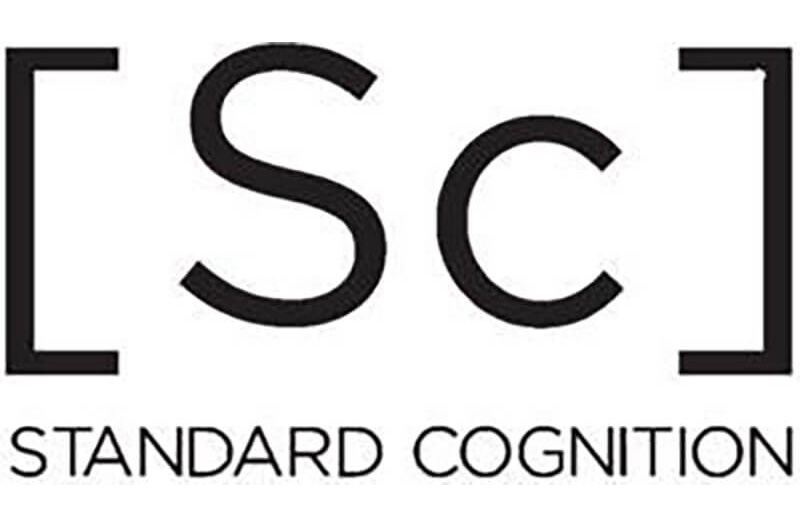Understanding the SEI CERT C Coding Standard
Introduction to the SEI CERT C Coding Standard
The SEI CERT C Coding cheap IPC A-610H is a set of guidelines designed to improve the safety, security, and reliability of software written in the C programming language. Developed by the Software Engineering Institute (SEI) at Carnegie Mellon University, this standard addresses common programming errors and promotes best practices in software development. With the increasing complexity of software systems and the growing importance of security, adhering to these guidelines has become essential for developers aiming to create robust applications.

Importance of Coding Standards
Coding standards play a crucial role in software development. They provide a consistent framework that developers can follow, which helps in maintaining code quality and readability. When multiple developers work on a project, having a common set of coding standards ensures that everyone adheres to the same practices, making it easier to understand and maintain the codebase. The SEI CERT C Coding Standard specifically focuses on minimizing vulnerabilities and enhancing the overall security posture of C programs.
Key Objectives of the SEI CERT C Coding Standard
The SEI CERT C Coding Standard is built around several key objectives that aim to improve software quality. These objectives include:
- Safety: Ensuring that the software behaves predictably and does not cause unintended harm.
- Security: Protecting the software from malicious attacks and vulnerabilities.
- Reliability: Ensuring that the software performs its intended functions consistently under expected conditions.
- Maintainability: Facilitating easier updates and modifications to the code over time.
Structure of the SEI CERT C Coding Standard
The standard is organized into several sections, each addressing different aspects of C programming. These sections include guidelines on various topics such as:
- Data Types: Recommendations on using appropriate data types to prevent overflow and underflow errors.
- Control Flow: Guidelines on managing control flow to avoid unintended behavior in the code.
- Memory Management: Best practices for dynamic memory allocation and deallocation to prevent memory leaks and corruption.
- Error Handling: Strategies for effectively managing errors and exceptions to enhance program robustness.
Each section contains specific rules and recommendations, along with examples that illustrate the correct and incorrect implementations of various coding practices. By following these guidelines, developers can significantly reduce the risk of introducing vulnerabilities into their code.
Common Vulnerabilities Addressed
The SEI CERT C Coding free ASME BPVC.II.A-2023 identifies and addresses numerous vulnerabilities that are prevalent in C programming. Some of the most common issues include:
- Buffer Overflows: These occur when data exceeds the allocated buffer size, leading to memory corruption and potential security breaches.
- Null Pointer Dereference: Accessing a null pointer can cause programs to crash or behave unpredictably.
- Integer Overflow: This happens when arithmetic operations exceed the maximum value that can be stored in an integer type, leading to unexpected results.
- Use After Free: This vulnerability occurs when a program continues to use a pointer after the memory it points to has been deallocated.
By following the SEI CERT C Coding Standard, developers can mitigate these vulnerabilities and create more secure applications. The guidelines serve as a comprehensive resource for understanding the potential pitfalls of C programming and how to avoid them.
Implementation of the Standard
Implementing the SEI CERT C Coding Standard within a development team requires commitment and collaboration. Organizations should prioritize training and awareness programs to educate their developers about the standard’s guidelines. Additionally, incorporating automated tools that check for compliance with the standard can streamline the development process. These tools can analyze code and identify potential violations of the coding standard, allowing developers to address issues early in the development cycle.

Moreover, code reviews should be a standard practice within development teams. Peer reviews can help ensure that coding standards are being followed and provide opportunities for knowledge sharing among team members. This collaborative approach not only improves code quality but also fosters a culture of continuous improvement.
Conclusion
The SEI CERT C Coding Standard is an invaluable resource for developers working with the C programming language. By adhering to its guidelines, developers can enhance the safety, security, and reliability of their software. The importance of coding standards cannot be overstated, especially in a world where software vulnerabilities can have serious consequences. For those interested in delving deeper into the guidelines, the SEI CERT C Coding Standard PDF is an excellent resource that provides comprehensive information and examples. In conclusion, embracing coding standards like those set forth by SEI CERT is essential for building high-quality software that meets the demands of today’s technology landscape.